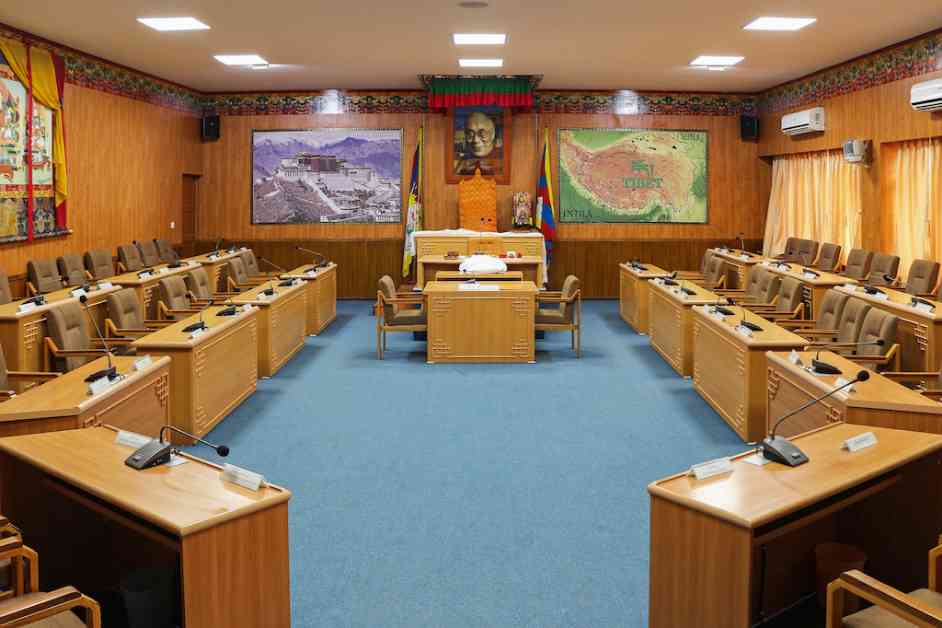China and Tibetan Exile Leadership Engage in Rare Direct Talks
In a surprising turn of events, Chinese authorities have reportedly engaged in direct talks with the Tibetan exile political leadership in Dharamsala, India, marking the first direct dialogue since 2010. The meeting, which took place in early July, comes after a year of back-channel contacts between the two parties. While both sides have downplayed the significance of these talks, there are signs of a notable shift in China’s approach to the long-standing Tibet issue.
From Human Rights to Sovereignty: A New Strategy Emerges
For decades, the Tibetan leadership, led by the Dalai Lama, focused on human rights violations in Tibet in the hopes of gaining meaningful autonomy from China. However, this approach has yielded little progress, with Beijing remaining firm on its stance regarding Tibet. In a strategic shift, the exile leadership has now pivoted towards challenging China’s claim to sovereignty over Tibet, aiming to address a core sensitivity for the Chinese government.
A Historical Perspective on China’s Claim to Tibet
Central to the new approach is the rejection of China’s historical claim to Tibet as part of its territory. By highlighting the lack of popular mandate or direct rule by Beijing over Tibet prior to the 1950s, the exiles aim to weaken China’s historical basis for sovereignty. This strategy emphasizes the distinct political and territorial identity of Tibet throughout history, supported by past recognitions of Tibet’s independence by several countries.
Unforeseen Challenges for China in Tibet Policy
As the Tibetan leadership challenges China’s sovereignty claim and questions its historical narrative on Tibet, Beijing faces unforeseen obstacles in its Tibet policy. From the contentious issue of the Dalai Lama’s succession to internal contradictions within China’s approach to Tibet, the Party’s strategies are starting to show signs of vulnerability. The exiles’ focus on exposing these weaknesses in China’s stance could potentially reshape the dynamics of the negotiation process.
In conclusion, as the Tibetan exile leadership adopts a new strategy centered on sovereignty rather than human rights, they aim to exploit China’s historical vulnerabilities and internal policy contradictions to push for a meaningful settlement. While the outcome of these talks remains uncertain, the evolving dynamics between the two parties could pave the way for a reevaluation of strategic options and potentially lead to a breakthrough in the longstanding Tibet-China dispute.

















